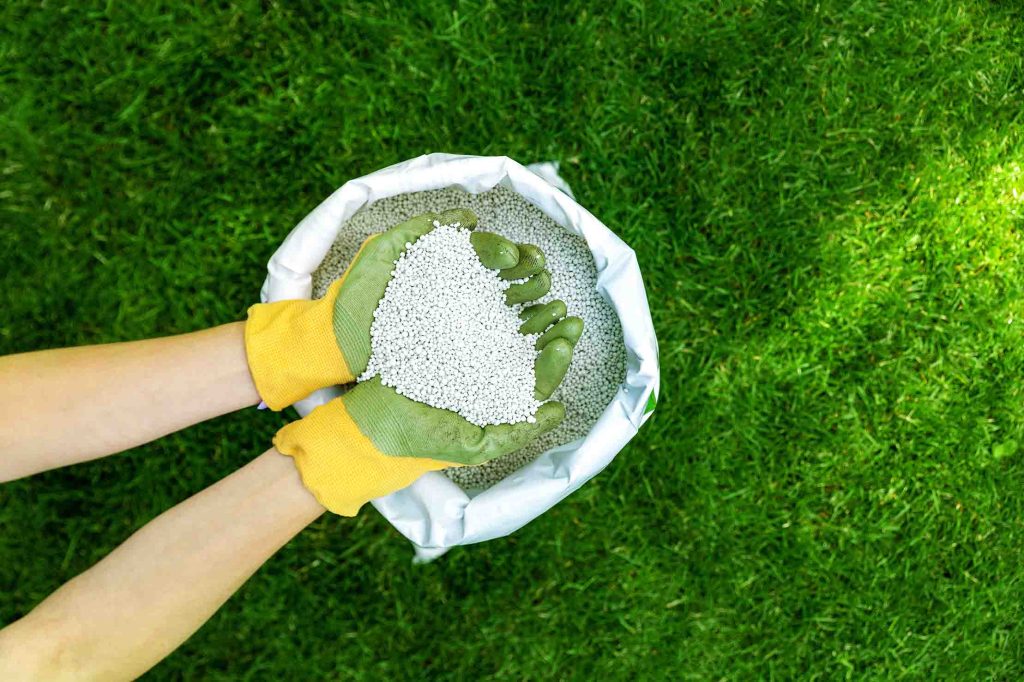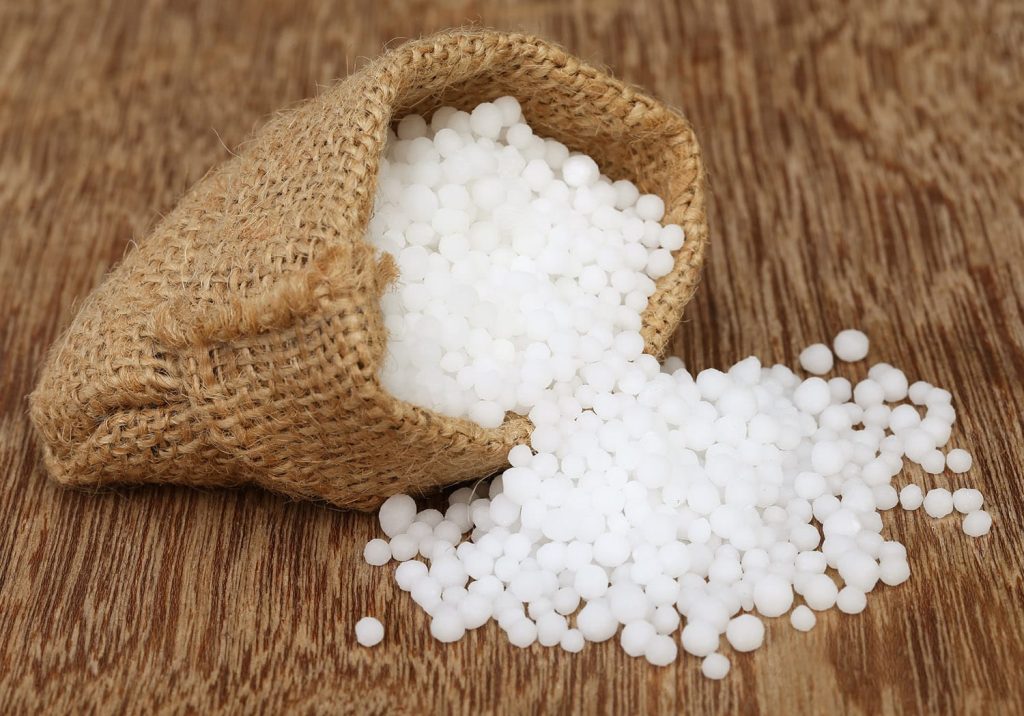Introduction
Fertilizers are the unsung heroes of modern agriculture, enhancing crop growth and ensuring food security across the globe. They come in various forms, each designed to supply essential nutrients to plants. In this article, we will delve into the diverse world of fertilizer, exploring different types and their applications.
1. Nitrogen-Based Fertilizer
Nitrogen is crucial for plant growth, primarily responsible for lush, green foliage. Common nitrogen-based fertilizers include:
– Urea: A widely used synthetic fertilizer with a high nitrogen content.
– Ammonium Nitrate: Contains both nitrogen and ammonium, providing a quick nutrient release.
– Anhydrous Ammonia: Gaseous form of nitrogen, applied directly to the soil.
These fertilizers are ideal for crops like wheat, corn, and leafy vegetables that require substantial nitrogen for foliage development.
2. Phosphorus-Based Fertilizer
Phosphorus is essential for root development, flowering, and fruit production. Phosphorus-based fertilizers include:
– Triple Superphosphate: High phosphorus content suitable for root crops like potatoes.
– Diammonium Phosphate (DAP): Contains both phosphorus and nitrogen, suitable for various crops.
– Bone Meal: An organic source of phosphorus, great for flowering plants and bulbs.
3. Potassium-Based Fertilizer
Potassium helps plants withstand stress, improve disease resistance, and promote overall vigor. Common potassium-based fertilizers include:
– Potassium Chloride (Muriate of Potash): Contains a high percentage of potassium, suitable for most crops.
– Potassium Sulfate: Provides potassium without adding excess chloride, suitable for chloride-sensitive plants.
– Wood Ash: An organic source of potassium, also adds some other nutrients.
4. Compound Fertilizer
Compound fertilizers combine two or more nutrients in a single product. Examples include:
– NPK Fertilizers: Contain nitrogen, phosphorus, and potassium in varying ratios to meet specific crop requirements.
– Calcium Ammonium Nitrate (CAN): Combines nitrogen and calcium, beneficial for calcium-demanding crops.
5. Organic Fertilizer
Organic fertilizers are derived from natural sources and promote soil health. Examples include:
– Compost: Rich in organic matter, improves soil structure and fertility.
– Manure: Contains nutrients and organic matter, suitable for a wide range of crops.
– Fish Emulsion: A liquid organic fertilizer with a balanced nutrient profile.
6. Micronutrient Fertilizer
In addition to macronutrients, plants require trace elements like iron, zinc, and manganese. Micronutrient fertilizers supply these essential elements, ensuring healthy plant growth.
Conclusion
The world of fertilizers is diverse, catering to the specific nutrient needs of different crops and soil types. Farmers and gardeners alike must choose the right type of fertilizer and application method to optimize crop yields while minimizing environmental impact. By understanding these various fertilizer options, we can contribute to sustainable agriculture and a more food-secure future.




